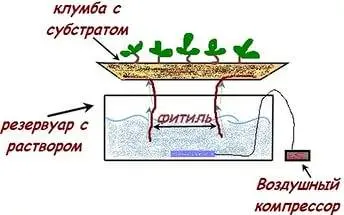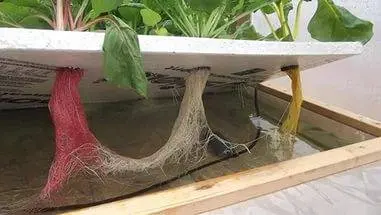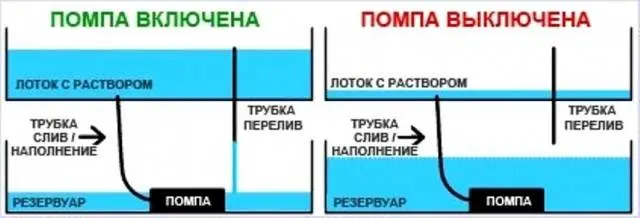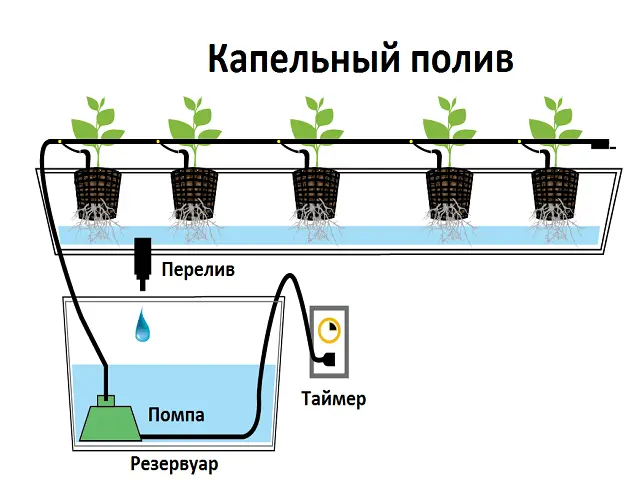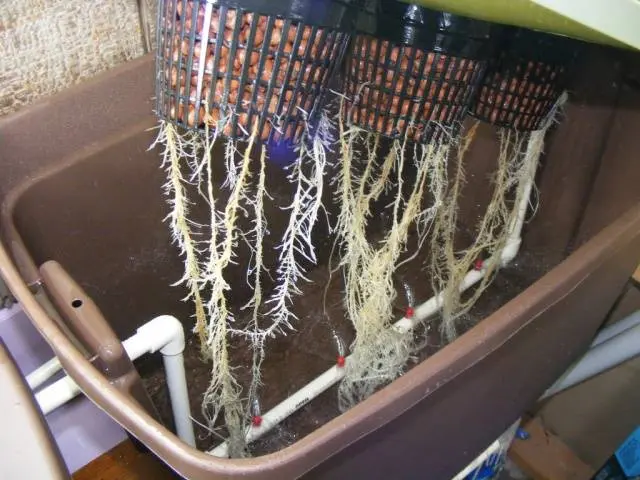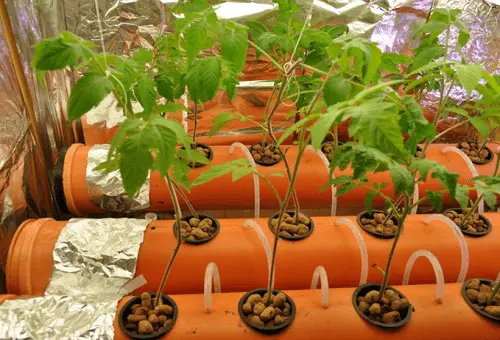Contents
Agriculture has an industry such as hydroponics, based on growing plants in a nutritious aqueous solution or non-nutritious substrate. Gravel, expanded clay, mineral wool, etc. are used as a solid filler. There are many disputes around this industry about its harm and benefits.
Benefits and Benefits of Hydroponics
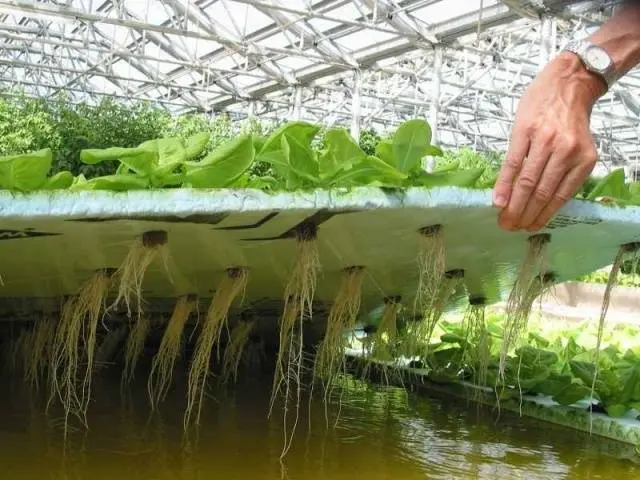
Hydroponics can bring harm and benefit to a person, because it all depends on the dressings used for plant growth. First, let’s look at the benefits of this method. Plants that feed on a solution with minerals receive the entire complex of microelements necessary for growth. At the same time, productivity increases, there is no need for constant watering, plants grow strong, develop well. A big plus of hydroponics is that the plants are not affected by disease-carrying pests. In fact, hydroponics can be environmentally friendly. For example, some countries practice the preparation of a solution for growing plants from coconut milk. Another plus of hydroponics is the possibility of year-round harvesting.
If we talk about the dangers of this method, then most of it is created by the person himself. Hydroponics itself is harmless. Chemicals used by unscrupulous manufacturers are dangerous. Vegetables saturated with such substances are comparable in danger to nitrates. Chemicals are often used on vegetables for sale. Additives enhance plant growth and yield. However, fruits accumulate heavy metals that enter the human body during meals.
Despite the resistance of hydroponic plants to pests, they still have to be processed. For commercial purposes, additional spraying with solutions is used to increase yields. With ignorance or irresponsibility, toxic substances can be used with solutions. Getting into the human body along with the fetus, they are a serious source of the development of diseases.
Substrates and water used for hydroponics
As a solid ground, hydroponics involves the use of special substrates. For their preparation, different fillers are used, which depends on the hydroponic equipment and the type of plants:
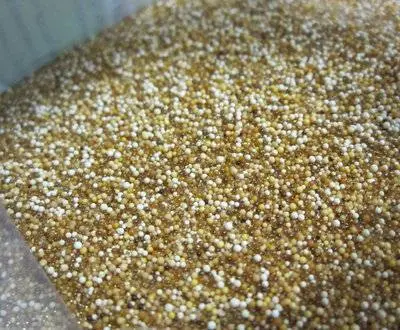
- Granite chips or gravel are quite popular for preparing a hydroponics substrate. A big plus is their low cost. However, the main disadvantage is the weak moisture retention of the stone. A granite or gravel based substrate is suitable for frequently irrigated hydroponic systems such as drip irrigation.
- Expanded clay good for the substrate due to the fact that its granules give access to plants of a large amount of oxygen. However, expanded clay cannot be used for more than 4 years because of its ability to accumulate microbes that develop in the waste products of plants. The moisture retention index of the pellets is low. The substrate requires frequent watering.
- Sphagous moss is a natural component for the substrate. It provides the roots of plants with sufficient oxygen and moisture. The use of moss is justified with a wick watering system.
- coco substrate more durable than moss and contains many useful trace elements. Ideal for any hydroponic equipment, greenhouses and just flower pots.
- Mineral wool its structure resembles a coconut substrate, only in its composition there are no organic nutrients. Mineral wool retains moisture well, plus it is durable. When growing plants on mineral wool, you need to take care of high-quality irrigation of the roots with a nutrient solution.
- Perlite is a granule of volcanic rock. Porous media is ideal for use with wick irrigation. Sometimes perlite is mixed with vermiculite in equal proportions.
- Vermiculite made from mica. It is an organic substrate with a high moisture retention rate, rich in micro and macro elements. For hydroponics, vermiculite is considered the ideal choice.
In addition to a solid substrate, plants can be grown on liquid solutions. For their preparation, of course, water is used:

- The composition of urban tap water contains chemicals. They are added to purify the liquid and bring it up to drinking standards. Worst of all, hydroponics tolerates sodium chloride, which causes toxic poisoning of plants. However, chlorine tends to evaporate. Before using city water, it must be left in an open container for at least 3 days, and then passed through a carbon filter.
- Well and river water is saturated with bacteria that are undesirable for plants, causing their disease. When using such a liquid, it must first be disinfected with chlorine, and then cleaned, as was done with water from the city water supply.
- Rainwater contains many pollutants. The collected liquid flowing down from metal roofs, gutters and other structures contains a lot of impurities of zinc, as well as other metals. Plus, rain can be acidic. The quality of such water can only be judged after receiving the results of laboratory tests.
- Distilled water is the purest and best liquid for hydroponics. The only drawback is the lack of useful trace elements. This issue is solved by adding a higher concentration of nutrients.
Having dealt with the substrates and water for hydroponics, it is time to familiarize yourself with what kind of installations they are used.
hydroponic installations
The choice of substrate type, as well as the method of growing plants in water, depends on the equipment used for hydroponics. There are several types of settings:
- Wick installation involves the use of a container with a nutrient solution. A tray with plants growing in the substrate is installed on top of it. Wicks are lowered from the tray inside the container, through which moisture enters the substrate to the roots of plants. The equipment is suitable for a small garden or exotic plants. For growing greens and vegetables, this installation is not suitable.

- Installation from a floating platform more suitable for growing indoor moisture-loving flowers. The equipment consists of a container of nutrient solution on which floats a platform with holes, such as foam. Plants grow in these holes. The solution to the plant roots under the platform is sprayed by air compressors.

- As equipment for periodic flooding, two containers installed one above the other are used.. The bottom tank contains the nutrient solution, and the top tray holds the plant substrate. A timer-controlled pump pumps liquid into the upper tray, after which it randomly flows back into the lower reservoir. The installation is suitable for a garden or greenhouse.

- Drip irrigation consists of thin hoses connected to the roots of each plant growing on a solid substrate. The hoses carry the nutrient solution to the roots of each plant. The equipment is used in domestic and industrial growing of vegetables.

- Air growing equipment involves the use of an empty container made of opaque plastic without a substrate. The plants are simply placed inside the tank and the roots are sprayed with the nutrient solution with an ultrasonic atomizer. The installation is ideal for home garden.

The general idea of the equipment and its operation should be clear to everyone. Now let’s look at the example of growing a tomato.
Growing tomatoes hydroponically
Growing tomatoes in hydroponics will give a good result only with the use of certain varieties, for example, Gavrosh, Alaska, Druzhok, Bon Appeti.
The video talks about tomatoes for hydroponics:
The method of manufacturing the installation and growing tomato seedlings involves the following steps:

- Mineral wool is impregnated with a solution of water with slaked lime. This achieves an acidic environment for the plant. Tomato seeds are placed in moisture-saturated cotton wool, after which it is laid out in plastic containers where seedlings will grow. The bottom of the container must be drilled by making 5 small holes.

- The sprouted sprout needs to be provided with 12 hours of light for its development. Slightly stronger plants are transplanted into large containers with a disinfected substrate. You can transplant with cotton wool so as not to injure the root system. A drip irrigation hose is connected to each plant. During seed germination in mineral wool, light should not be allowed to enter the root system. It is detrimental to the plant.
The video talks about tomatoes for hydroponics:
1.2 Tomatoes in hydroponics - An adult plant needs up to 4 liters of solution per day. As they grow into water, gradually increase the addition of fertilizers, first 1 and then 2 times a week. After the start of flowering, artificial pollination is done with a watercolor brush to form the ovary.
During long-term cultivation, salt accumulates on the root of the plant. To remove accumulations, the tomato is removed from the container along with the substrate and the roots are washed with clean water.
The video tells about the self-production of hydroponics:
Conclusion
In fact, hydroponics is a profitable and environmentally friendly method of growing crops at home and on an industrial scale. The main thing is to use safe solutions that do not harm the human body.










